Stem Cells Divide and New Keratinocytes Are Produced
Its need for repair and renewal is central to its organization. These cells continuously divide to form new basal keratinocytes and are knowns as stem cells.
Keratinocytes Their Purpose Their Subtypes And Their Lifecycle Tempo Bioscience
1 Stem cells divide to produce new keratinocytes.

. These cells are known as stem cells. Mitosis requires an abundant suply of oxygen and nutrients which these deep cells acquire from the blood vessels in the nearby dermis. The cells that reach the surface flatten and die.
They possess a protein called keratin which makes the cells waterproof and durable. Throughout their program of differentiation keratinocytes produce a variety of. Epidermal Cells Form a Multilayered Waterproof Barrier.
However some of the keratinocytes begin to differentiate and are pushed upwards to the superficial layers of the epidermis. Keratinocytes flatten and produce water proof bundles of keratin filaments 4. In the basal layer of the skin the innermost stratum a basal keratinocyte has just divided by mitosis to form a new basal keratinocyte.
The keratinocytes are the basic skin cells. In the basal layer of the skin the innermost stratum a basal keratinocyte has just divided by mitosis to form a new basal keratinocyte. They are layered throughout the stratums to form the protective thickness of skin.
Keratinocytes are pushed upward as new cells are added below them. The epidermis is a multilayered stratified epithelium composed largely of keratinocytes so named because their. Keratin filaments are bound together to form waterproof bundles.
Do you know the answer. The stratum basale also contains another group of cells - melanocytes which. This new cell starts to divide itself and produces many more keratinocytes.
Place them in chronological order. Models for stem cell growth and progression. The epidermis is composed of five types of cells.
This is the layer of the epidermis where the stem cells reside. They are named for their role in synthesizing keratin. Keratinocytes are the great majority of epidermal cells.
The epidermis suffers more direct frequent and damaging encounters with the external world than any other tissue in the body. They are found only in the deepest layer of the epidermis called the stratum basale. Mitosis ceases as epidermal cells are pushed upward.
Because we constantly lose these epidermal cells they must be continually replaced. Some of these cells will stay with their parent and continue to replenish the population of basal keratinocytes. Stem cells are undifferentiated cells that divide and give rise to the keratinocytes described next.
Dead keratinocytes flake off as dander. Dead keratinocytes flake off the surface of the skin as dander. Keratinocytes divide in the basal to spinous layer stratum basal and stratum spinosum respectively.
I know it Think so Unsure No idea Type your answer in the box. During its life cycle a keratinocyte can exist as a dividing cell in the basal layer or inner most layer of the epidermis. There are a number of cell types found in this stratum.
Keratinocytes are the most common type of skin cell as they make up the structural component of the epidermis. In which layer of the epidermis are the cells undergoing mitosis to produce new cells which are then pushed up to populate the other cell layers. There are stem cells that divide to become keratinocytes.
Mitosis ceases as epidermal cells are pushed upward 3. Keratinocytes start their life at the lowest layer of the epidermis called the stratum basale or basal layer which is made of a single layer of stem cells that continually divide and produce new keratinocytes. Stem cells divide to produce new keratinocytes.
They divide by mitosis to produce the keratinocytes found in the stratum spinosum. 3 Keratinocytes flatten and produce waterproof bundles of keratin filaments. These cells are known as stem cells.
Some of the deepest keratinocytes in the stratum spinosum also continue dividing. In 30 to 40 days a keratinocyte makes its. Keratiocytes are produced deep in the epidermis by the mitosis of stem cells in the stratum basale.
These cells are known as stem cells. These new keratinocytes then migrate upwards to form the other layers of the epidermis. Stem cells divide to produce new keratinocytes 2.
However other cells will start a process of differentiation. 2 Mitosis ceases as epidermal cells are pushed upward. Preparations of basal keratinocytes may be separated on the basis of size and density using Percoll gradient sedimentation.
The foundation of skin biology research begins with high quality keratinocytes. However other cells will start a process of differentiation. Stem cells divide and new keratinocytes are produced.
In the bottom layer keratinocytes divide and push up formed cells toward the upper layer. Where are keratinocytes produced. This new cell starts to divide itself and produces many more keratinocytes.
However other cells will start a process of differentiation. Related to the point above is the question of whether stem cells have a specific type of cell division or mitosis. This provides a barrier to keep out pathogens and protect new skin cells underneath.
Dead keratinocytes exfoliate from the skin surface. Keratinocytes are produced deep in the epidermis by the mitosis of stem cells in the stratum basale. The cells that divide to form colonies in this assay defined as keratinocyte CFCs kCFCs may therefore represent the in vitro correlate of keratinocyte stem cells which retain label and persist in the epidermis.
This relates to the issue of whether in steady state stem cells always divide symmetrically and differentiation or positional signals remove half of the daughters produced or whether they always divide asymmetrically and to what extent they can change. This new cell starts to divide itself and produces many more keratinocytes. For normal tissues as well as tumors cells may grow in an asymmetrical hierarchical or a symmetrical pattern as a method for providing progeny cells for tissue remodeling or tumor growth 17 81In the hierarchical model there is a defined subset of cells that are able to self-renew and to give rise to daughter cells.
The following events occur in the life of a keratinocyte. Keratinocytes flatten and produce waterproof bundles of keratin filaments.

Human Keratinocytes In Skin Research
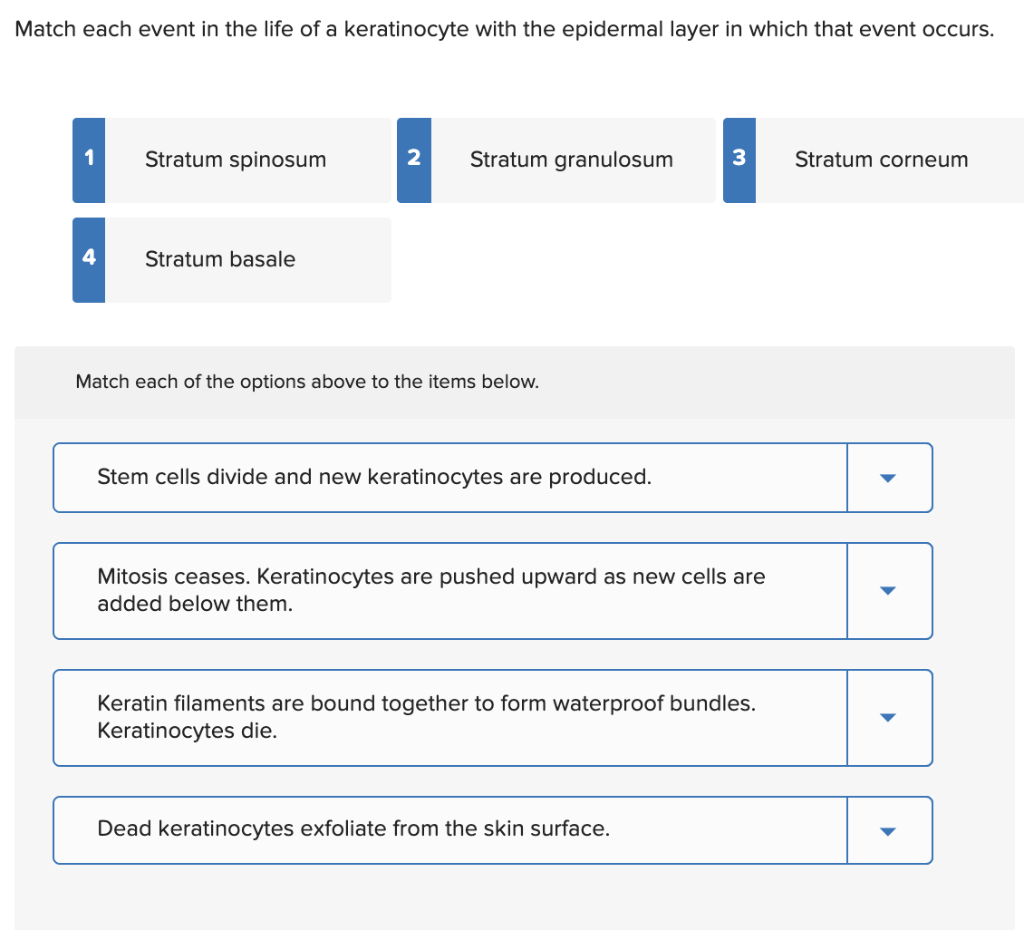
Solved Match Each Event In The Life Of A Keratinocyte With Chegg Com
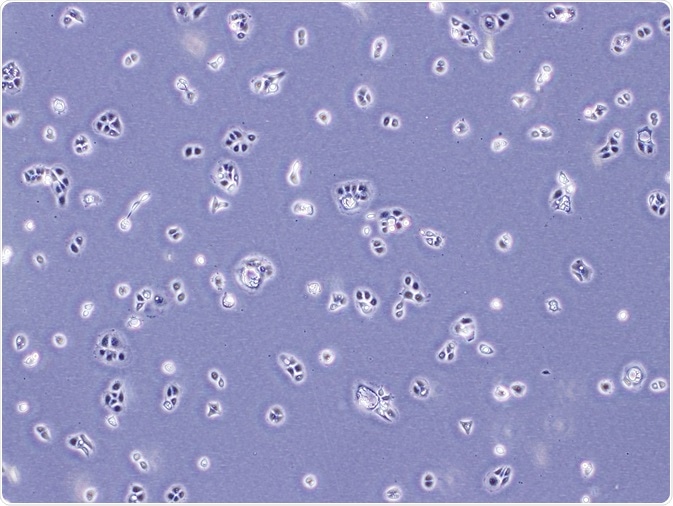
Basal Cells Keratinocytes And Melanocytes

Some Cells Found In The Epidermis Bioljerk Science Comics Cell Biology Biology

Several Different Types Of Cells Have Been Used To Produce Ipscs Download Scientific Diagram

Layers Of The Epidermis Epidermis Skin Anatomy Thick Skin

Keratinocyte Stem Cells Label Retaining Cells And Possible Genome Protection Mechanisms Journal Of Investigative Dermatology Symposium Proceedings

Uvb Damage Response Of Dermal Stem Cells As Melanocyte Precursors Compared To Keratinocytes Melanocytes And Fibroblasts From Human Foreskin Sciencedirect
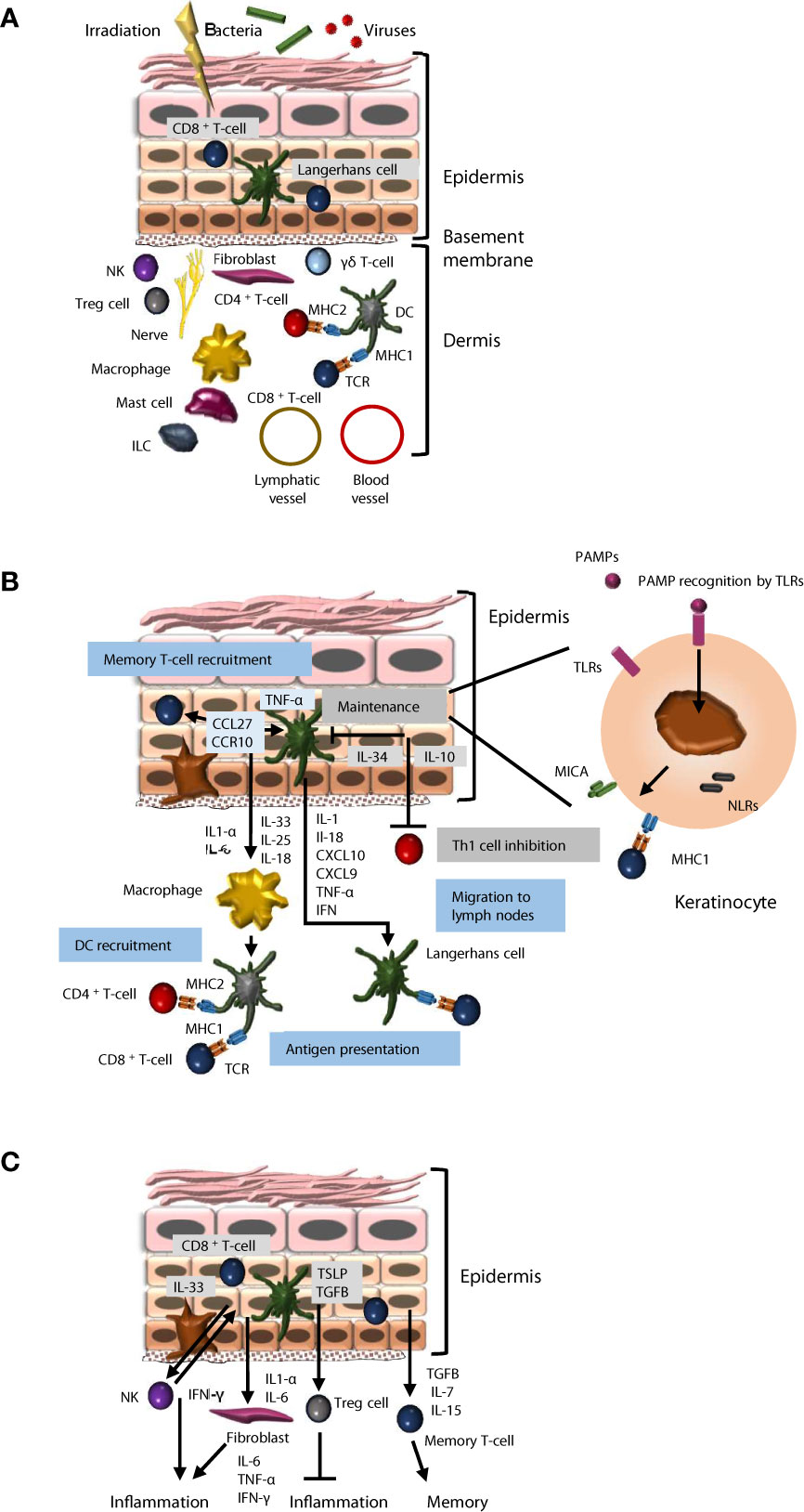
Frontiers Skin Immunity And Tolerance Focus On Epidermal Keratinocytes Expressing Hla G Immunology

Organ Level Skin Epidermis And Dermis Anatomy And Physiology I
Schematic Representation Of Human Skin A Anatomical Section Of Human Download Scientific Diagram

Interfollicular Epidermis An Overview Sciencedirect Topics
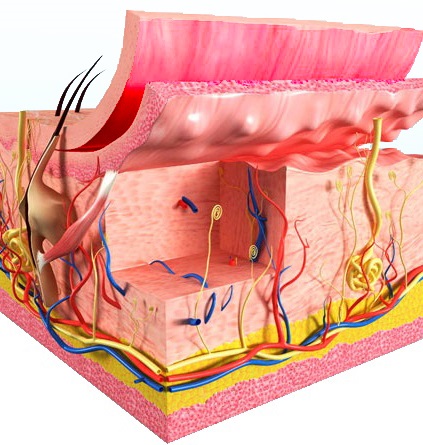
Keratinocytes And Dermal Fibroblasts Protection

An Up Close Look At The Anatomy Of The Epidermis Epidermis Anatomy Skin Anatomy

Epidermis Biology For Majors Ii

2 Integumentary System Epidermal Cell Layers Flashcards Quizlet
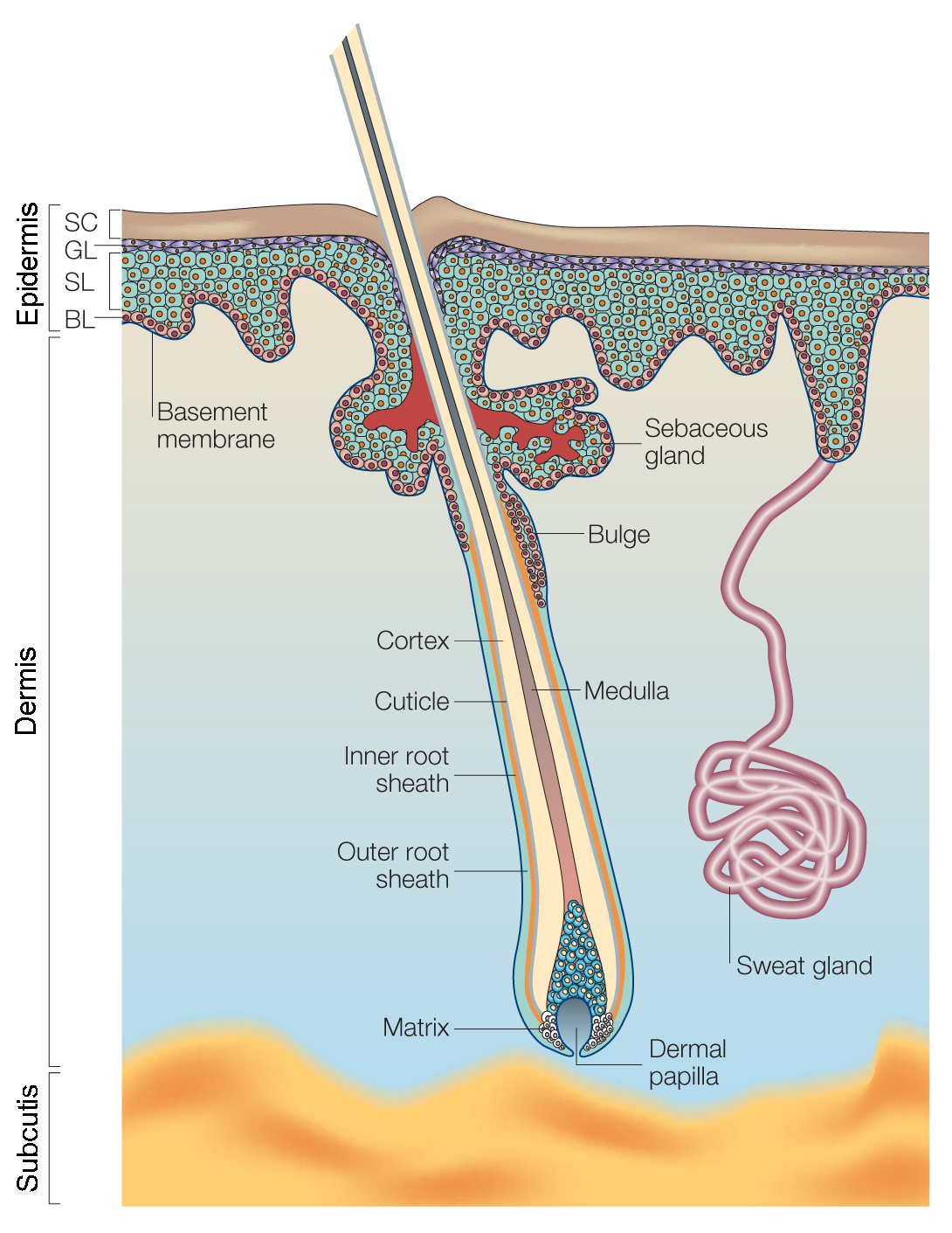
Skin Stem Cells Where Do They Live And What Can They Do Eurostemcell

Ijms Free Full Text Differential Marker Expression Between Keratinocyte Stem Cells And Their Progeny Generated From A Single Colony Html

Comments
Post a Comment